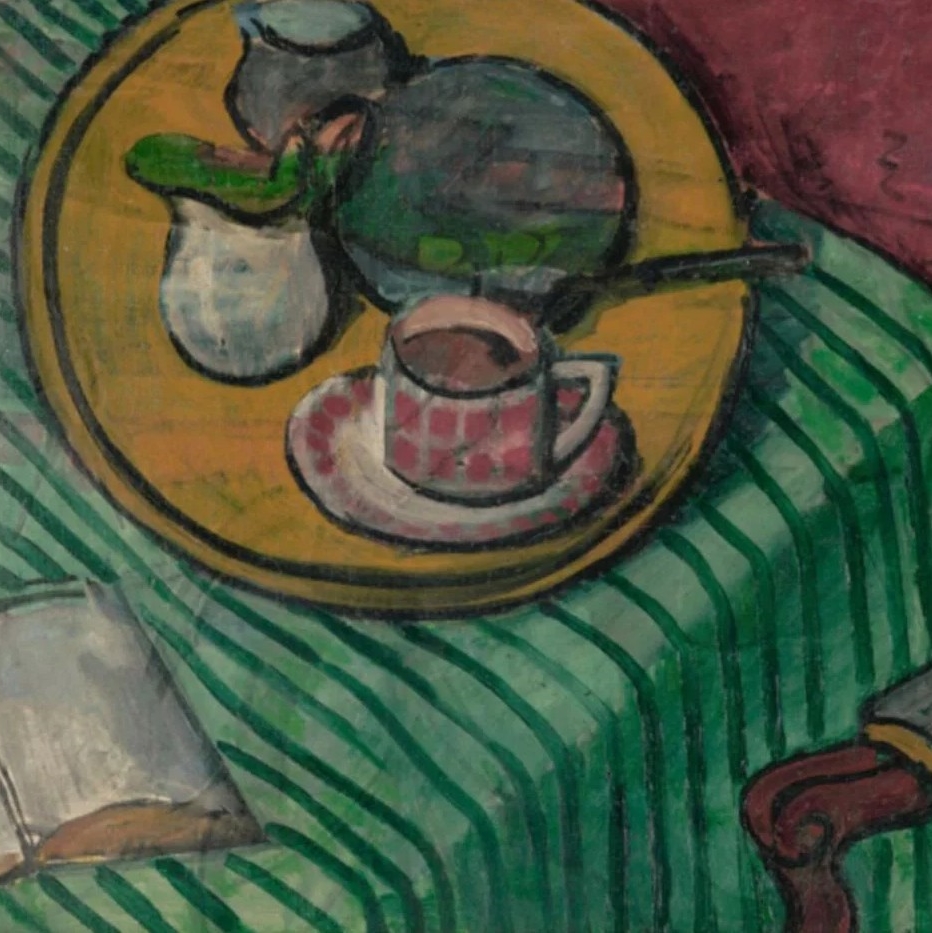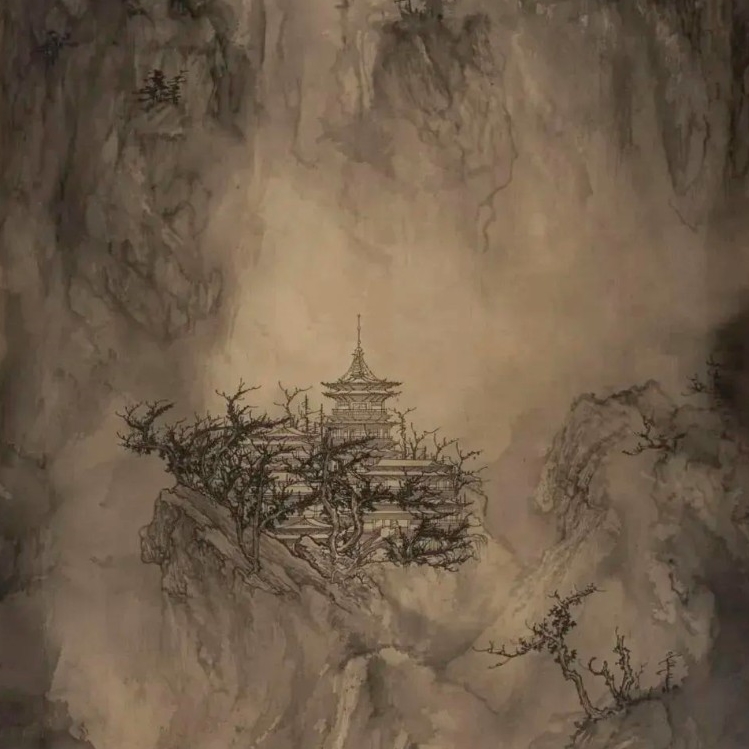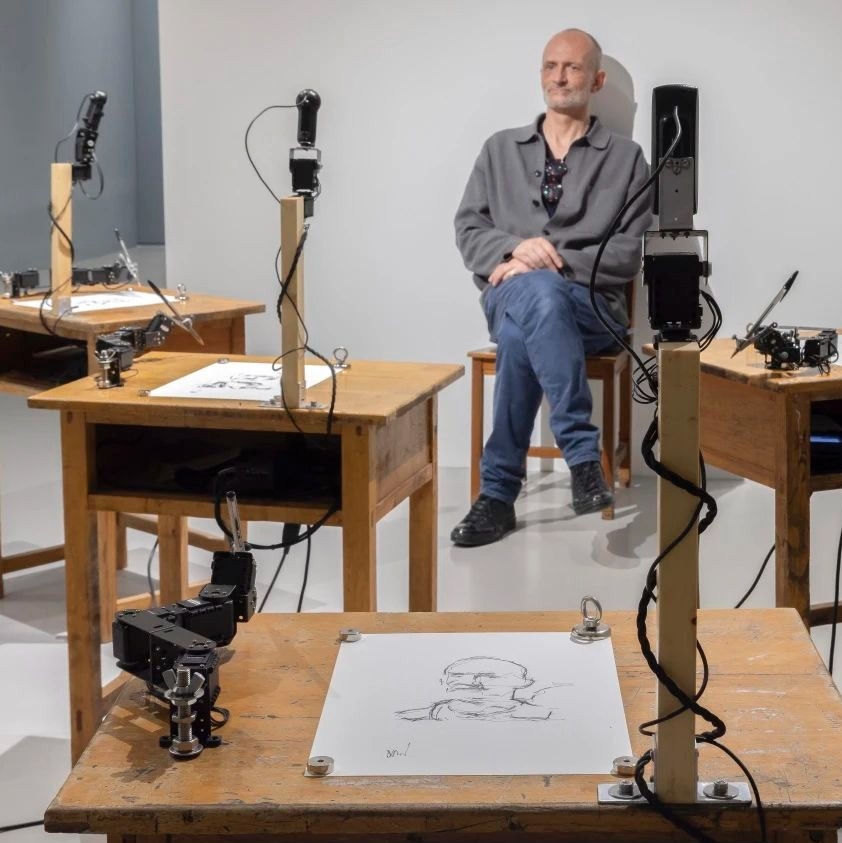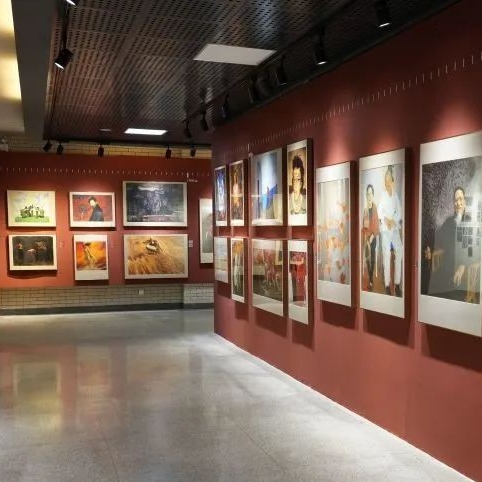
With the theme on “Professional Amateur and Emerging Modernity: Luo Bonian and His Contemporaries 1930-1940s”, the latest exhibition that Taikang Space unveiled on June 10, takes Luo Bonian who was an active photographer in Shanghai as its thread and then introduces how a group of amateur photographers who lived in the same era had promoted the community interactions through photographic practices, as well as their contribution to the professional art of photography.

Portrait of Luo Bonian(1911-2002) Image Courtesy of Photography of China
Luo Bonian (1911-2002), also known as Luo Jun, was born into a family of county magistrates, upon graduating from school he became a clerk at the Bank of China. In the same period, he began taking photographs. In 1934, he published the work “Drawing Water from a Well,” an early example of nude photography in China. His works evoke both Eastern and Western techniques and are permeated by traditional Chinese aesthetics. He captured scenic landscapes, people, animals and still objects through his lens, and he made experimental studies influenced by the New Art Movement. He is the forefather of montage photography in contemporary China. His representative work includes “Drawing Water from a Well,” The Spring Which Began to Find Vent,” and “Heavy Loads and Distant Journeys.”[1]
Professional Amateur
Since the 1920s, photography as a new technology and literary activity, has gradually been accepted by Chinese people, especially in the big cities. The emerging urban middle class in the Republic of China, including employees of banks and other companies, doctors and lawyers, people who enjoyed a relatively free spirit and were keen on a fashionable lifestyle, as they could afford the high cost of photography, they actively participated in this new cultural aspect.
However, these “amateur” practices were not limited to just entertainment for the middle class. It is precisely due to the active promotion of this group of amateur photographers that photography has been transformed from a pure technology to an independent art category in China.

Luo Bonian, “The River Is Full of Backbones for the Country”, Inscription by Yu Dafu, 1935, Gelatin Silver Print, 29.5×20cm
The pictorial photography works by Luo Bonian and other photographers are showcased in the west exhibition hall. During that period in China, photography gradually deviated from its previous function as a craft in commercial photo studios. Photographers such as Liu Bannong, Chen Chuanlin, Lang Jingshan, Hu Boxiang, etc. consciously regarded themselves as “amateurs,” and they took a different position from “professional” photography collected by museums and used by photojournalism.

Lang Jingshan, “Shadow of Trees and Lake”, 1940s, 39x26.5cm
Absorbing painting theory while making photography an independent art category, became the common hope of these “amateur” photographers. In such a creative atmosphere, they had constructed an active ecosystem of photography in the Republic of China through community activities, exhibitions and competitions as well as publications of photos in magazines. The visual design for this gallery mimics the layout of magazines that were popular in the Republic of China and it highlights the diverse interaction of photographers at that time.

Luo Bonian, “Posing and Washing the Dust”, 1935, Gelatin Silver Print, 37.8×29.7cm
Emerging Modernity
Visitors who have visited the west exhibition hall might be surprised by another aspect of Luo Bonian’s photography when they visit the east exhibition hall: he had a bold absorption of Western modernist style and he had conducted experiments. Lou was not obsessed with photography as his career and it is precisely for this reason that his creations were not trapped in a fixed style or inertia, he rather roamed easily among various styles and continually experimented.
 Luo Bonian, “Composition”, 1930s, Gelatin Silver Print, 6.2×8.2cm
Luo Bonian, “Composition”, 1930s, Gelatin Silver Print, 6.2×8.2cm
There are dissected cabbage, peeled apples, spinning tops, glassware, architectural spaces... and Luo Bonian's works focused on the exploration of formal language with a wide range of materials all of which show a rich and bold imagination.
The most delicate are in this group of abstract collage works. Luo Bonian took part in creating images of daily landscapes such as needles, railings, tiles, reflections, etc., and then pasted the multiple photos into abstract patterns after rotating and combining them. This type of photo is called “photomontage” or “pattern photography.” Even these abstract creations are still not divorced from the concrete living environment.
Cartoonist, designer and artist Zhang Guangyu (1902-1965) published two series of photographs in the Shidai (Epoch) magazine (issue 7, vol. 7, 1935). In it, he advocated exploring formal aesthetics by using daily objects and scenes, such as the residential doors and windows and wires in his images, to graphically compose images. He proposed to organize a competition and invited submissions. We may safely assume that Luo made the collage works in response to this submission call since later in the year two series of them appeared in issue 11 of the magazine.[2] Here, Luo Bonian has also consciously or unconsciously communicated with modern design.
A History of Modern Chinese Photography Around a Character of the Republic of China
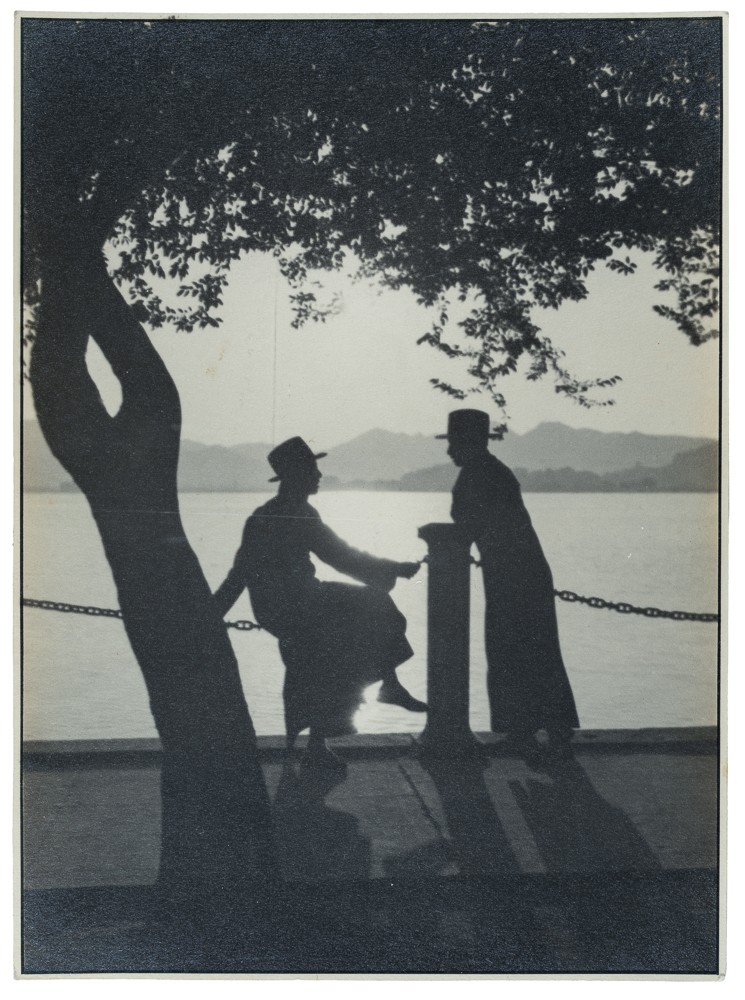
Luo Bonian, “Untitled”, 1930s, Gelatin Silver Print, 26.5×19.5cm Liu Xucang, “The Shadow of Beauty”, 1930s, Gelatin Silver Print, 29.5x22.5cm © Taikang Collection
Liu Xucang, “The Shadow of Beauty”, 1930s, Gelatin Silver Print, 29.5x22.5cm © Taikang Collection
Luo Bonian is definitely a very distinctive photographer: his economic situation was better than most Chinese people and even photographers of his generation in the 1930s and 1940s, which provided him with excellent creative conditions; correspondingly, the arduous work for a banker also allowed him to consider photography as a hobby, and thus distanced himself from other famous artists and groups in the history of photography; but at the same time, his enthusiasm for photography cannot be summarized only by “being amateur.”
The metropolis of Shanghai provided the base for Luo Bonian’s creation. Since the 1920s, Eastman Kodak Company in Shanghai has successively established Kodak Business Daily, Kodak Pictorial and Kodak Magazine, thus introduced and promoted photography to the general public. Within this arena, Kodak Magazine organized monthly competitions from 1931 and provided prizes. Liu Xucang, Jin Shisheng, Wu Yinxian and others often participated them and won prizes. When Luo Bonian was living in Shanghai, he was confronted with this “breaking circle” and thriving photography culture so he quickly participated in it without any reservations. With a high-income job, professional equipment, an active group, rich activities, serious discussions... thus in his photos, modernity is both the motivation and the result.

The Cover of Kodak Magazine
When discussing modern industrial culture, Clement Greenberg emphasized the further separation of work and leisure in an industrialized society, and distinguished avant-garde and vulgarity in modern culture. “The avant-garde moves, while Alexandrianism stands still,” [3] Greenberg himself sometimes forgot this, and Luo Bonian’s creation can help us reflect on this connotation of modernity. When Greenberg criticized magazine covers, cartoons, and advertisements in “Avant-Garde and Kitsch” in 1939, it was precisely these cultural products that contributed to the task of avant-garde promotion in Chinese cities at that time. Luo Bonian proves that true modernity does not comply with the linear narrative of modernism. As shown by Ye Qianyu's cartoon in the east exhibition hall, photographers in the Republic of China had always faced the discrimination that “anyone with a mirror box can hold an exhibition.” For them, there was no cultural heritage library that can be directly misappropriated or discarded, nor is there a “modernism” that guarantees progress. How to make photography “professional” and “modern” can only rely on their own exploration.

Luo Bonian, “Untitled”, 1938-1942, Gelatin Silver Print, 5.9×5.7cm
On one wall of the west exhibition hall, a row of miniature photographs are displayed three-dimensionally. These extremely small works were specially printed so they were easy to carry during the war. Susan Sontag said: “To collect photographs is to collect the world.” [4] The sticky marks on the back of the photos remind us that apart from the tranquil scenery on the photos, a turbulent history exerts an influence in silence. It also reveals the fragile and sincere emotions of this amateur photographer during the war.
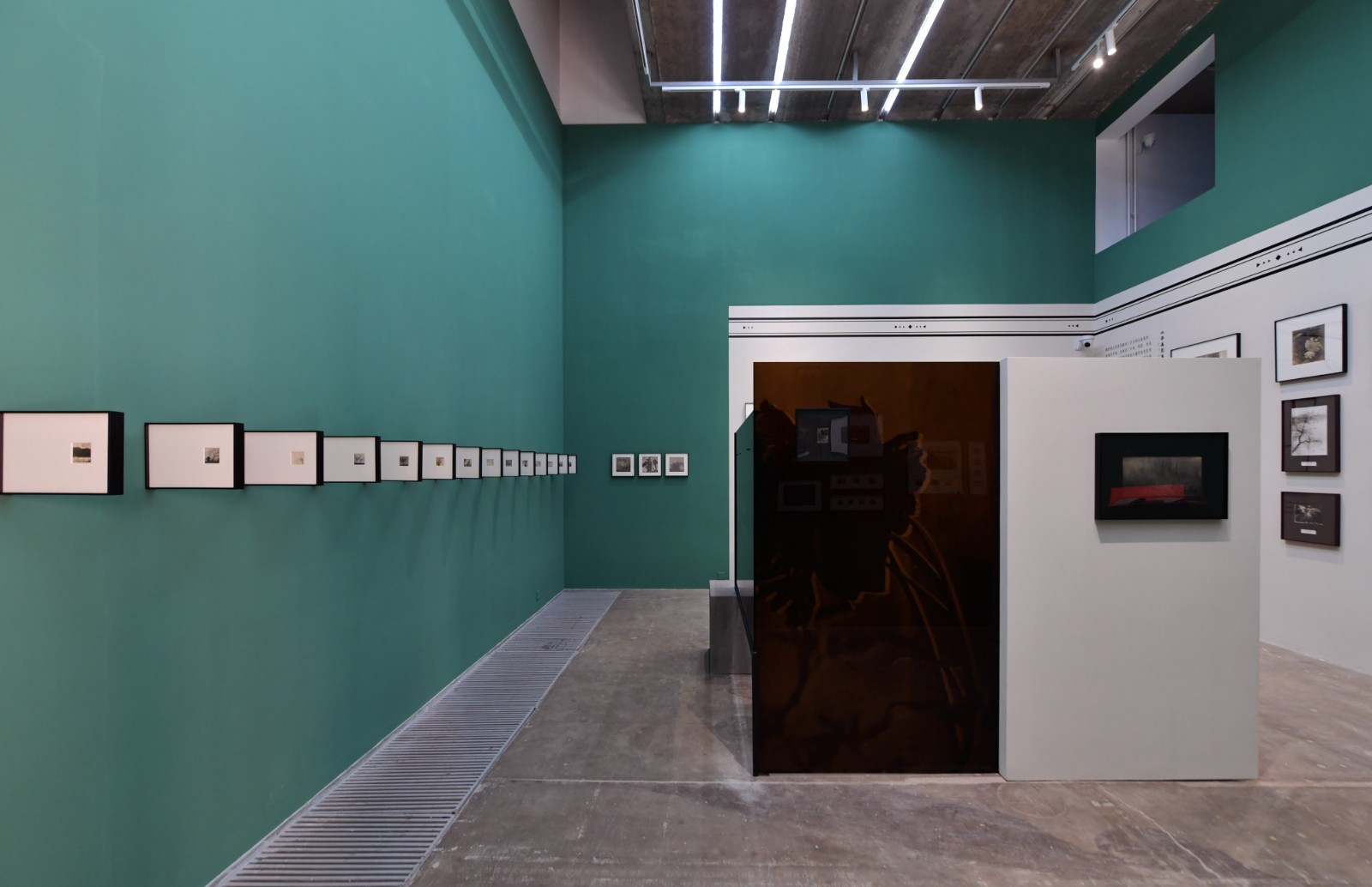
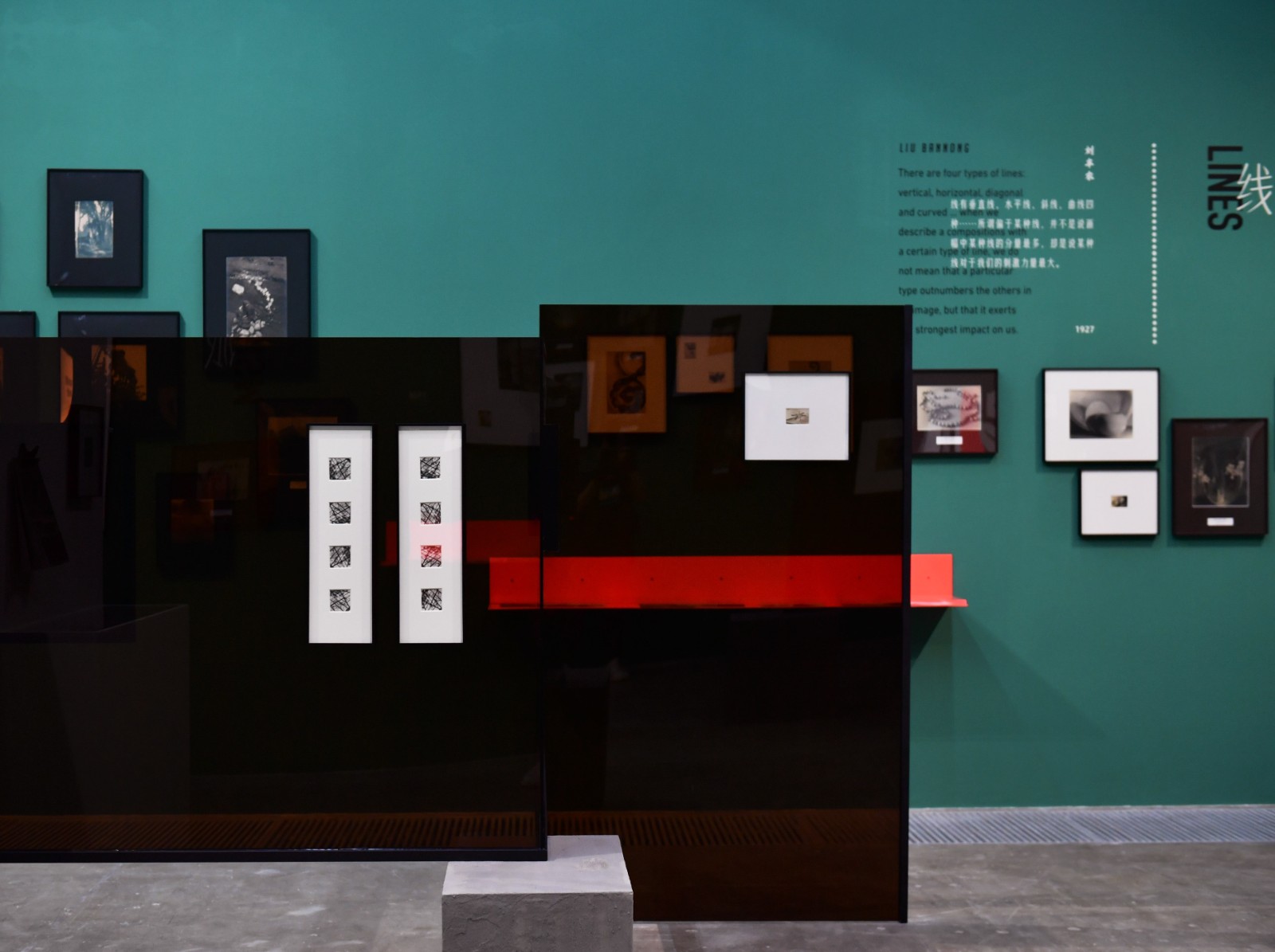
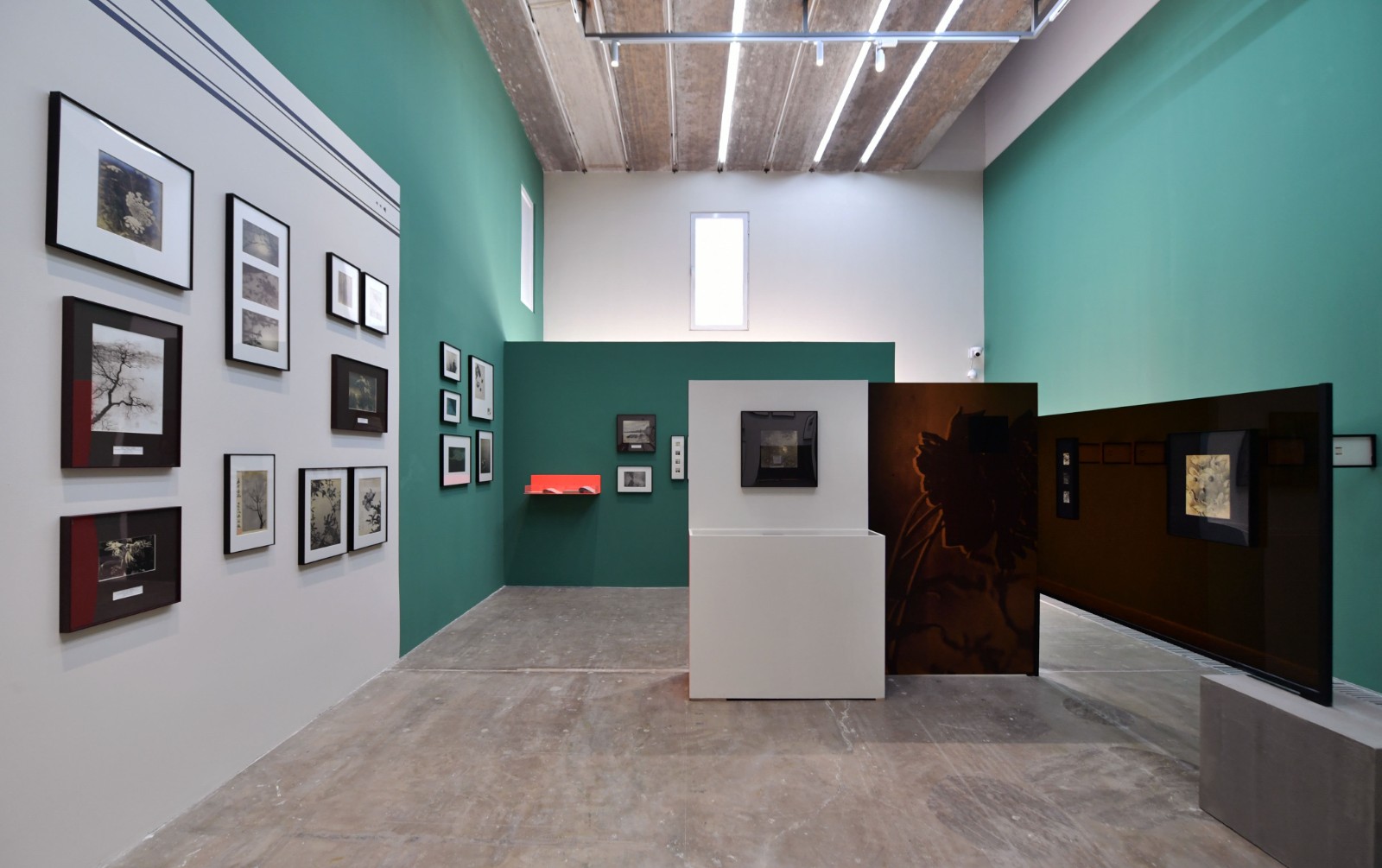
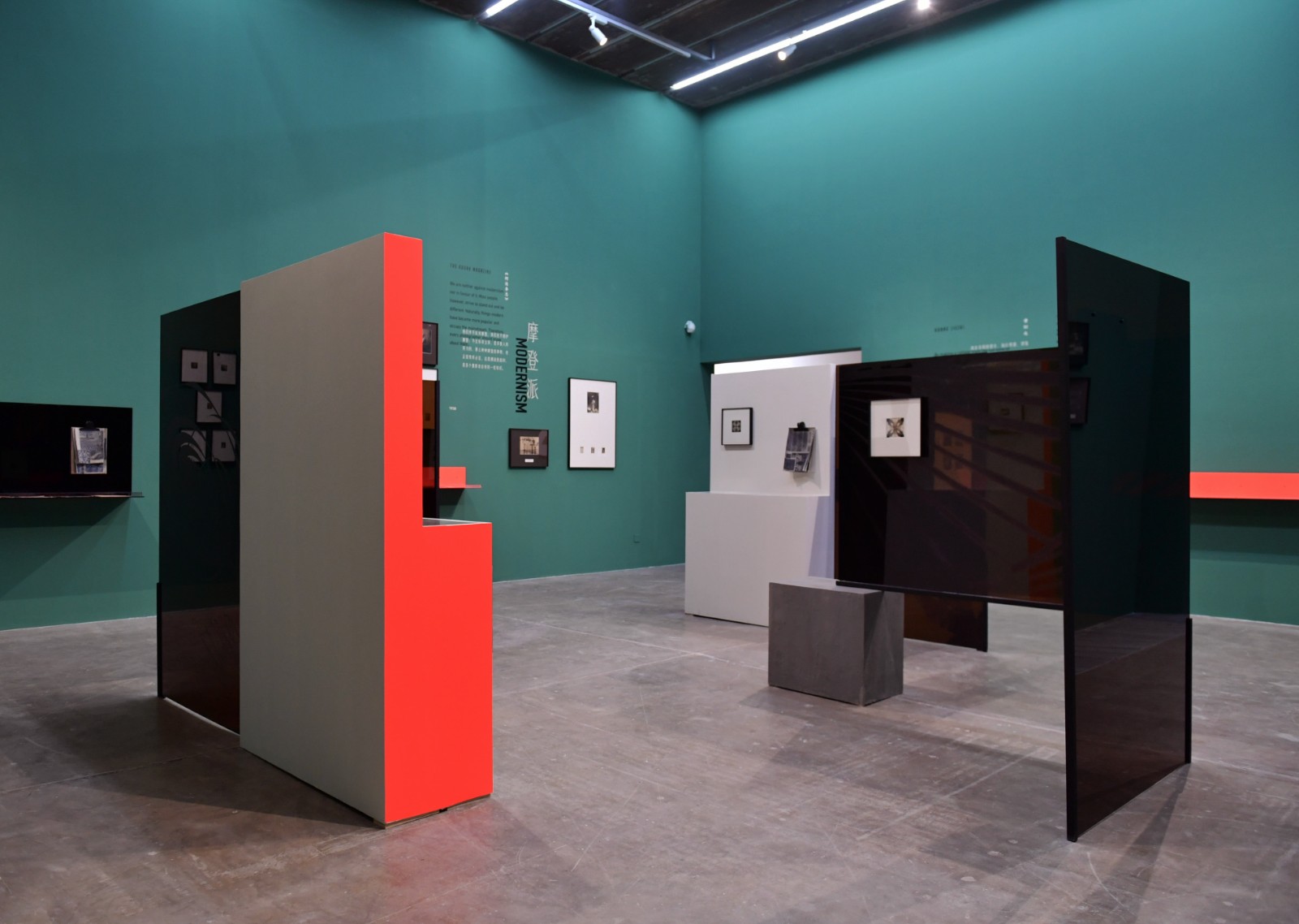
Exhibition View
Following editing by Jin Youming who was Luo Bonian’s descendant, the appearance of Luo Bonian’s work in the 1930s and 1940s is comprehensively presented. Although Luo Bonian's personal historical materials are limited, the exhibition juxtaposes Luo’s photography with other photographic works and documentary images in the environment at that time. Taking Luo Bonian as a medium, the exhibition presents the development of photography in China in the early 20th century.
It is reported that the exhibition will remain on view till August 7.
Text by Luo Yifei, edited and translated by Sue/CAFA ART INFO
Notes:
[1][2] Compiled from the exhibition manual of “Professional Amateur and Emerging Modernity: Luo Bonian and His Contemporaries 1930-1940s”, Taikang Space, 2021.
[3] Greenberg, C.(1961), “Avant-Garde and Kitsch”, Art and Culture: Critical Essays. Boston: Beacon Press. p8
[4] Sontag, S.(1971).On Photography, http://www.writing.upenn.edu/library/Sontag-Susan-Photography. p174
References:
The exhibition manual of “Professional Amateur and Emerging Modernity: Luo Bonian and His Contemporaries 1930-1940s”, Taikang Space, 2021
Zhu Shuai and Yang Jianru (Ed.), Photographic Essays in the Republic of China, China Photography Publishing House, 2014.
Zhao Junyi, Pearls of Chinese Photography History, China National Photography Art Publishing House, 2013.
Mao Weidong and Jin Youming, “Luo Bonian: An Image Experiment by an Amateur Photographer in the Republic of China”, http://image.fengniao.com/520/5209195_all.html, May 18, 2015.
About the exhibition

Dates: 2021.6.10-8.7
Venue: Taikang Space
Curator: Chelsea Qianxi Liu
Researcher: Yang Yue
Artists: Luo Bonian, Hu Boxiang, Hu Junlei, Huang Zhongchang, Jin Shisheng, Lang Jingshan, Liu Haisu, Liu Xucang, Lu Fu, Shu Xincheng, Wu Zhongxing, Zhang Jingtian, Zhang Yinquan
Image Courtesy of Taikang Space.


